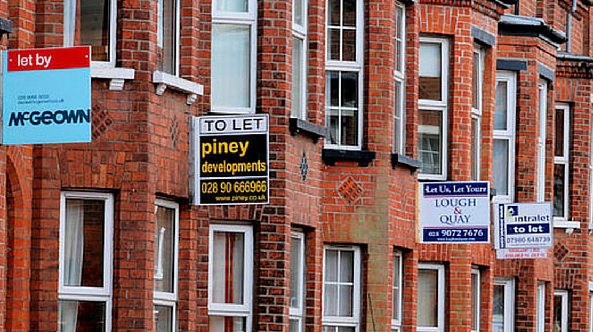The private rented sector is a crucial part of the UK housing market. It has performed consistently strongly throughout the pandemic as landlords strive to meet tenant demand, but what’s next for the sector?
Almost a fifth of all households in the UK (17%) are within the private rented sector. This accounts for 4.8 million properties across the country, with a value of around £1.4trn as of December 2020.
Landlords play a vital role in providing housing for growing numbers of the country’s population, and are continually adapting to market changes. While property types, target tenants and locations will obviously vary from investor to investor, there are certain aspects which can help a landlord maximise their investment.
A new report from Shawbrook Bank has found that more investors are planning to buy in the north of England, for example. With property prices lower there than in the south – but rising – and rental yields stronger than ever in some areas, the north offers some great opportunities. But there are other considerations to take into account, too, which the report explores.
Which location type for landlords?
According to the survey, many landlords are making new purchasing plans based on tenant needs. Around 12% of investors say they will choose a different location for their next property.
Of these, almost a third said they would opt for a more rural location. However, this indicates that many are still opting for city or town locations to attract a particular tenant type.
Shawbrook comments: “It’s no surprise that at a time of significant change, and a booming market, landlords are considering switching up their investments and expanding. However, it’s important they exercise caution and do their research to ensure they are fully up to speed with the nuances of a different asset class or geography.
“We’d always recommend that landlords concentrate on one area of the market first as they build their portfolio and gain confidence before stepping out and trying a different asset class.”
Choosing a property type
There are many different property types to choose from in the UK, and the decision will be based on budget as well as target tenant. According to the report, the favourite investment among landlords currently is a semi-detached house.
Terraces are also extremely popular, followed by flats. On the whole, these property types will be cheaper at the outset, while detached homes are lower down the list.
When looking at what assets an investment property has, interestingly 34% of property investors said they would like their next investment to have a garden. The next top priorities were a home with a decent-sized living space and one in a residential area (both 27%).
Since the start of the pandemic, people have spent more time than ever in their homes, and many will continue to do so as less people go into an office on a daily basis for work. This means many tenants will favour rental properties that offer more space both indoors and out.
Where are the best yields for landlords?
While location type and property type are both crucial to a rental home’s appeal, property investors should keep in mind average rental yields in an area. The average for the UK is currently 4.3%, but there are some significant regional variations.
Of the property investors that said they would choose a new location for their next purchase, most said this was to access better yields. Over the course of an investment, monthly returns can make a big difference to the overall investment potential alongside capital gains.
The best rental yields in England right now are in the north-west, at an average 5.5%. This is closely followed by Yorkshire and the Humber with 5.4%. The East and West Midlands also score above the UK average, with 5% and 4.8% average yields respectively.
The Shawbrook report concludes: “Ultimately confidence in the market remains high among landlords, and its vital that investment continues to flow into a sector that is supporting so many across the UK.
“Access to high quality, sustainable rental properties is paramount, and professional, responsible landlords that can offer this are likely to reap the rewards.”










